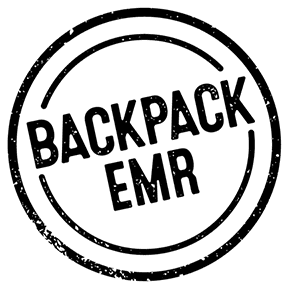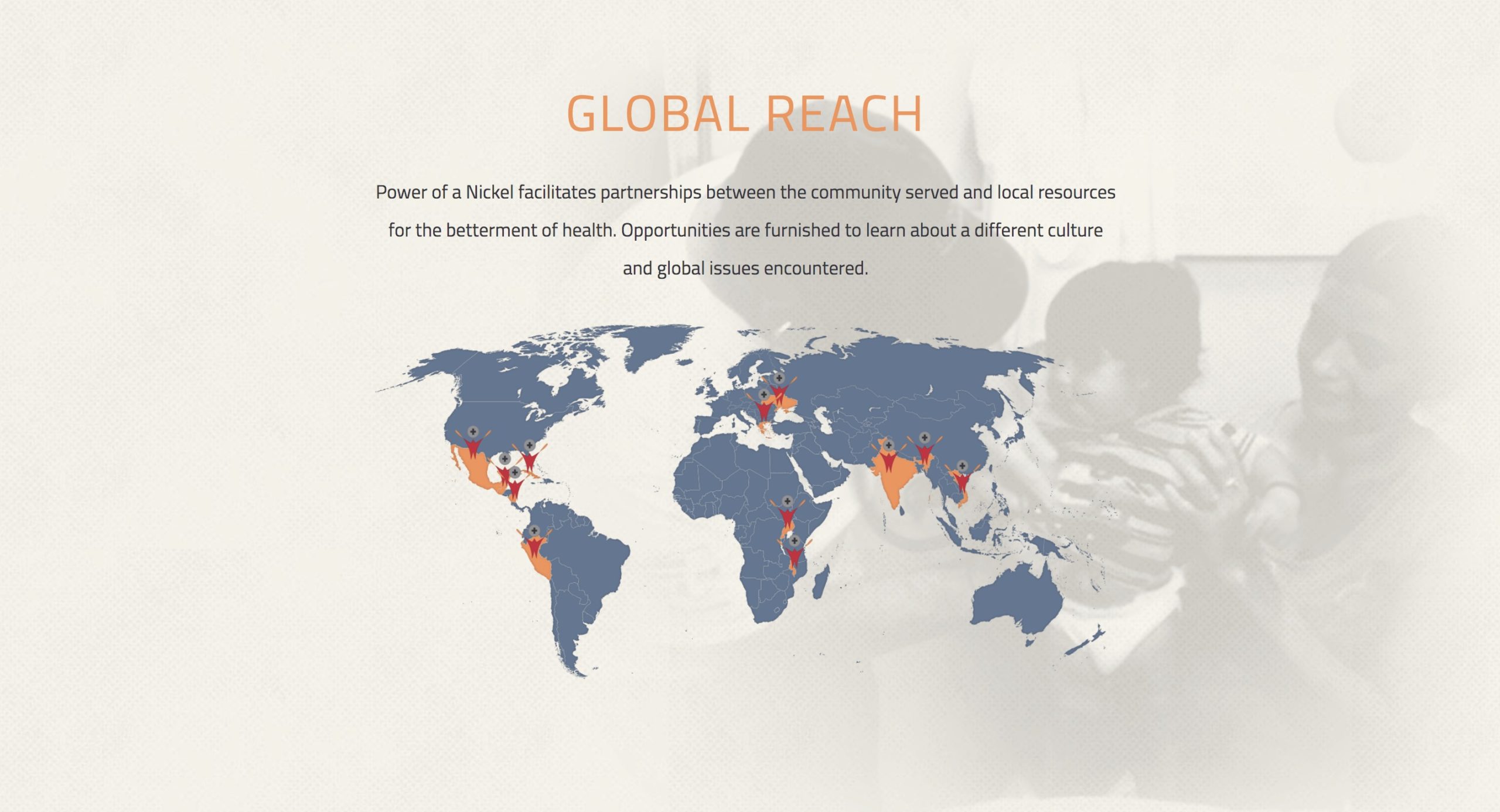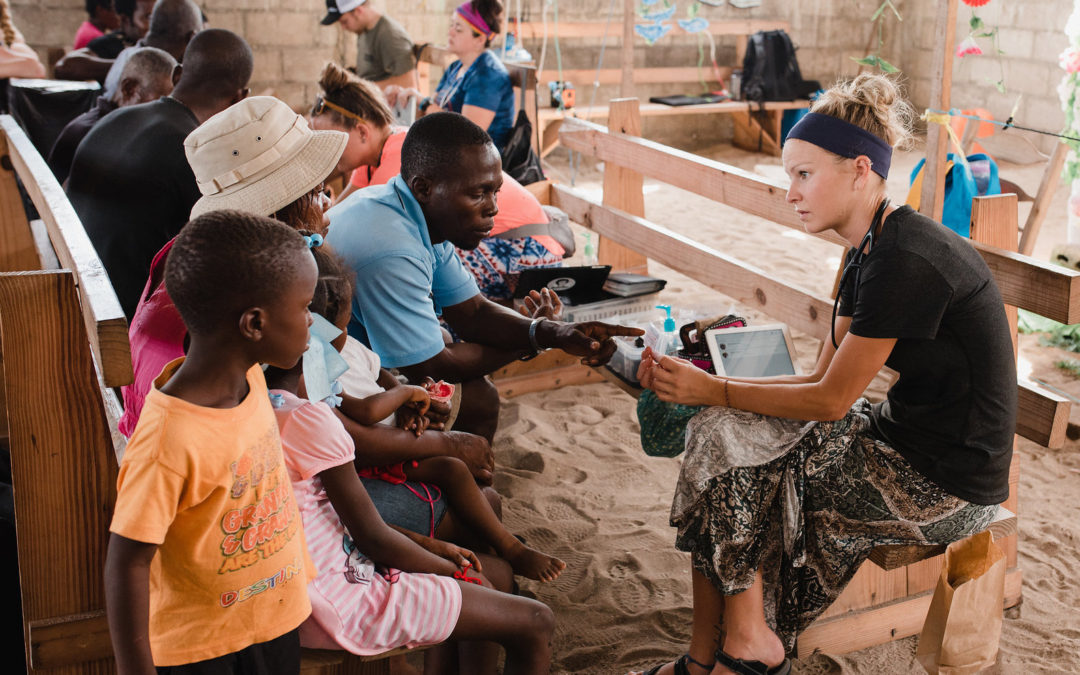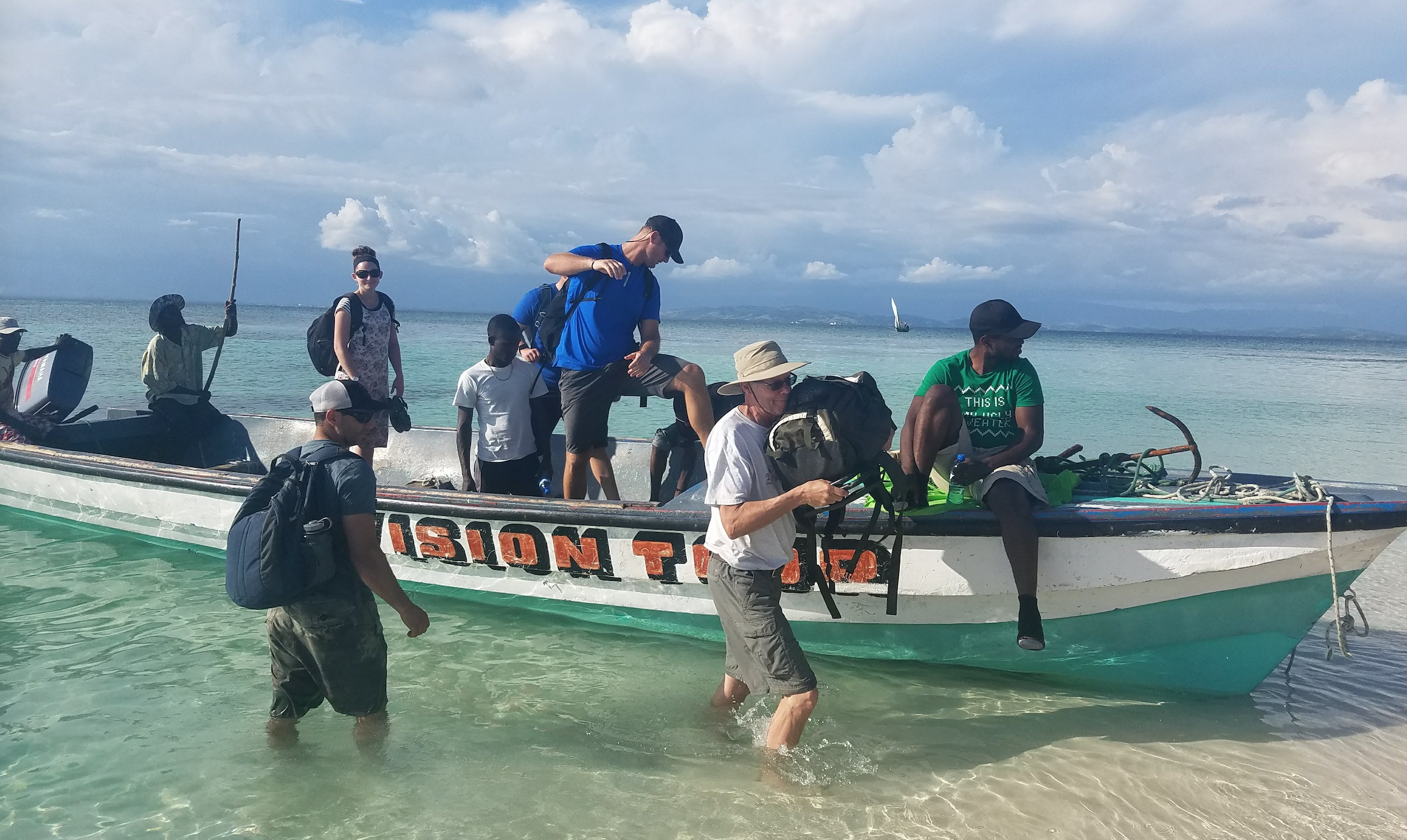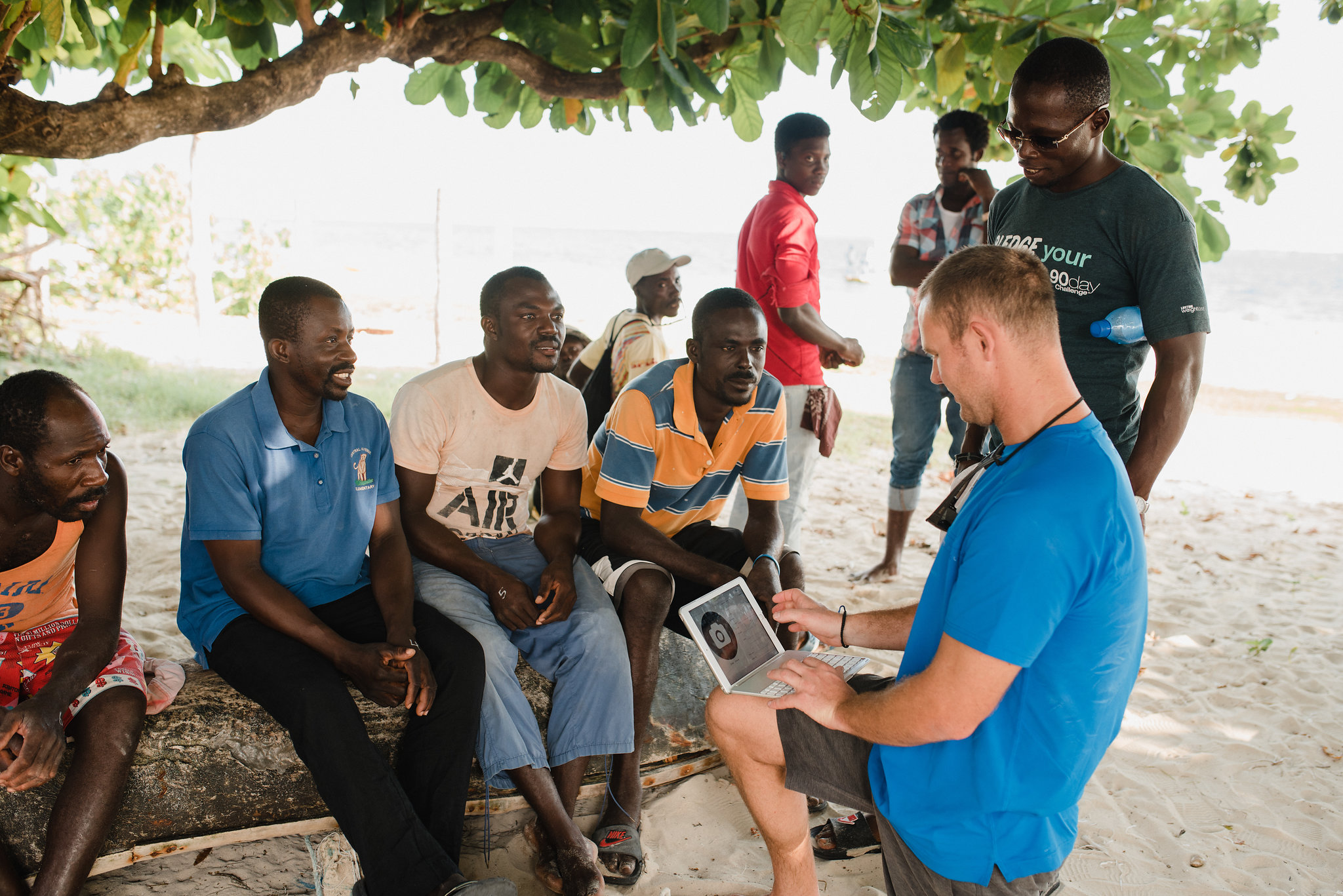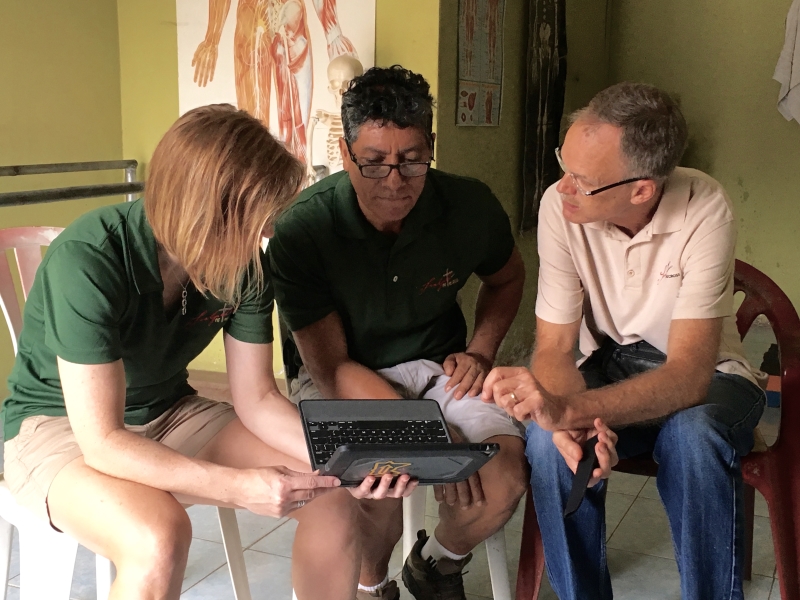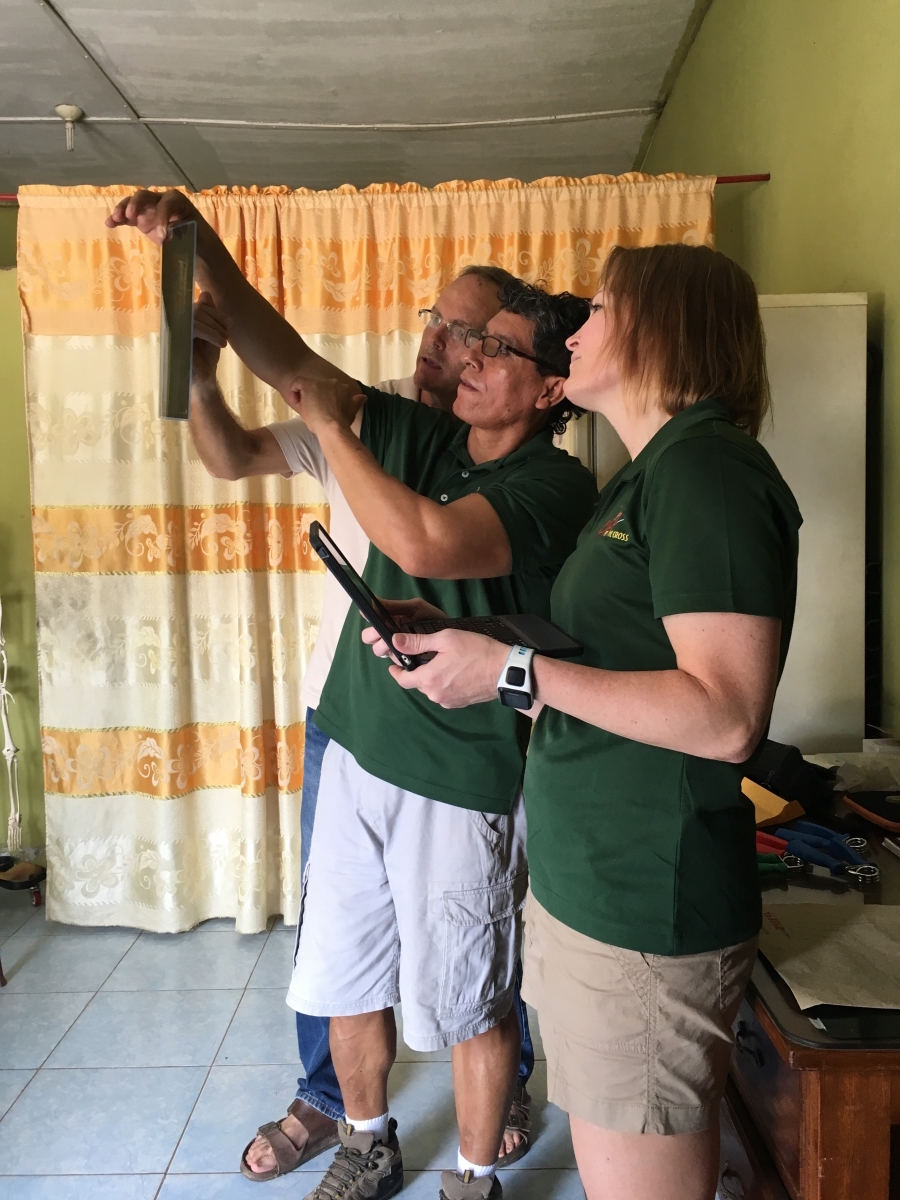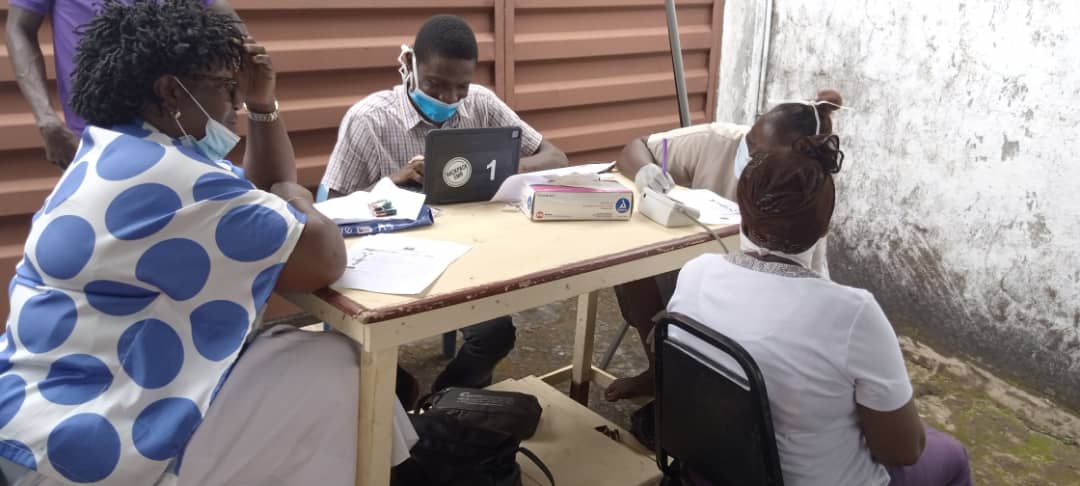
Sierra Leone: Seeing Patients Remotely with Virtual Care
Have you considered ways to help your patients remotely during COVID-19? Our new partner, African Christian Fellowship South Region (ACF), saw 250 patients in Sierra Leone using BackpackEMR’s new Virtual Care features! The medical team included 5 physicians from Nigeria and the US who could not join in-person, but were able to “see” patients virtually.
COVID-19 Challenges
ACF’s volunteer physicians have been unable to travel for medical outreaches due to COVID-19 travel restrictions. This has left underserved communities in Sierra Leone without healthcare for almost a year. But, with a strong in-country team on the ground, ACF knew they could still coordinate the outreaches, as long as they could get medical expertise to the team remotely.
This is where BackpackEMR could help!
We sent equipment to ACF’s team in Sierra Leone, and we held 2 quick training sessions over Zoom to get the organizers up to speed on BackpackEMR. It didn’t take long for them to catch on! The next day they trained in the rest of the outreach team, and were ready to go.
Clinic Days!
ACF spent 4 days running medical outreaches. The local team included several nurses who captured patient intake and vitals, and one physician who was able to see patients in-person. Physicians in Nigeria and the US were able to help with patient consults by logging into BackpackEMR’s new web portal from their homes to view patient charts. They could “see” patient using video chat sessions, and they could review intake and vitals information in BackpackEMR’s web portal, just as if they were in person.
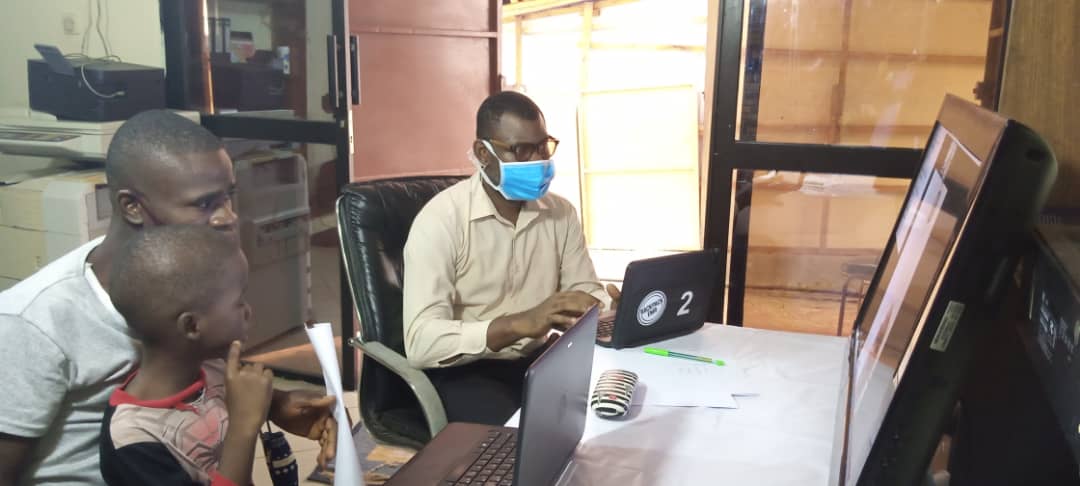
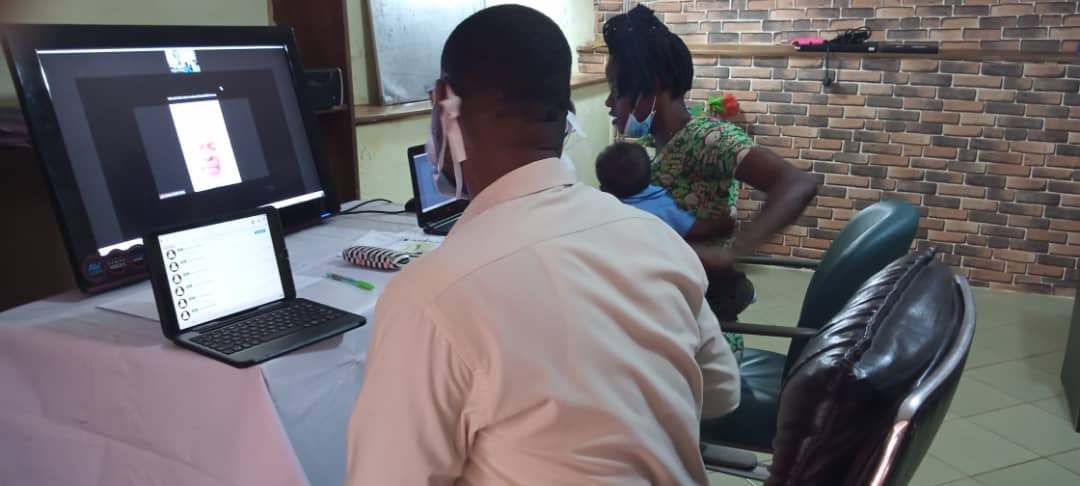
And, when the internet was down, the local team was still able to facilitate the clinic with BackpackEMR’s offline network. Remote physicians could review the patient charts afterwards, and give feedback on diagnoses and treatment plans.
Encouraging Feedback
ACF’s clinics were the “talk of the town” with the high-quality of the care they were providing and the unexpected technology of BackpackEMR and video chats with physicians in other countries. ACF now has a way to see more patients consistently and at a lower overall cost without requiring physicians to be in-person.
Pastor Victor Nwoji, ACF’s Sierra Leone Coordinator, explained, “Hopefully, we have a major breakthrough in mission outreaches as we cannot only depend on doctors on the ground, but also doctors across borders that can now be a part [of future clinics].”
If you’d like to learn more about how you could use BackpackEMR to see patients remotely using Virtual Care, please send us an email Brenda.Henry@BackpackEMR.com , or book a meeting here: Brenda’s Calendar
We wish much success to you and your organizations in 2021 and beyond!
